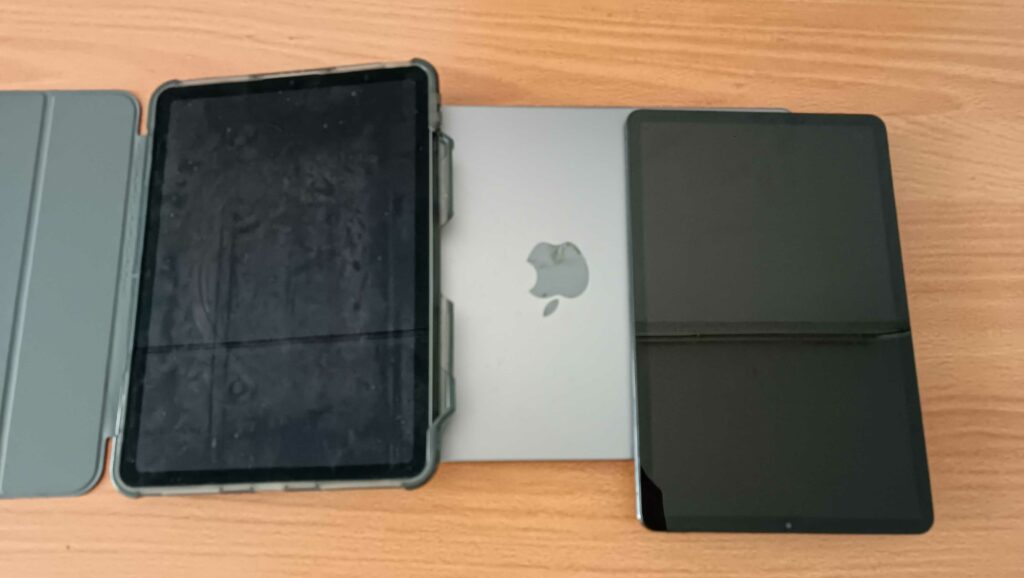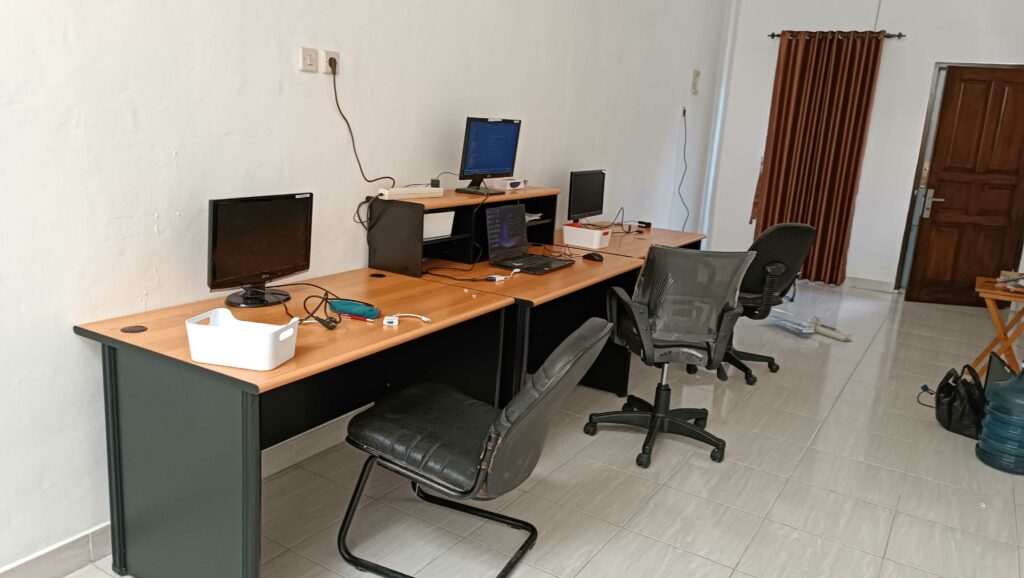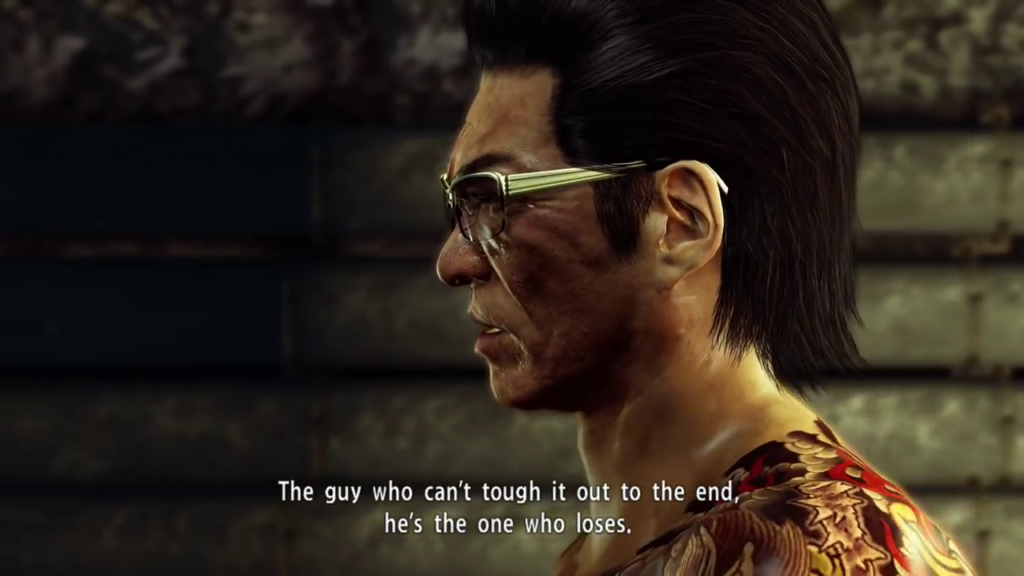Making Your Game’s Infrastructure
As a rhythm game developer, I could probably imagine you asking about the songs and artworks first before anything else. Well… I suppose they are indeed the highlights of rhythm games. From my experience, however, those are… not the highest priority to think of.
On the content side of things, the characters, UI, sound design (sound effects, BGMs) are more important than the individual songs and artworks as they are the things that make up the game’s world. Hence, the topic of this post on making the game‘s infrastructure.
A rhythm game is first and foremost, a game. You need to prepare the correct infrastructure (be it managerial, technical, etc) to sustain the game and more importantly, the Dev Team (unless you are a solo dev). In this blog post I will discuss what you need to form your game’s infrastructure and the financial costs, where universally applicable.
Infrastructure #1 - The Team
I will lay out the steps to getting it done in simple terms.
- Find some guys where mutual trust is present. Ideally people of different skillsets to your own.
- Work towards your first prototype, and keep iterating it until you feel it’s fun
- Settle disagreements between team members where they exist and bond with them further
- Once you feel it’s fun enough (and the things behind it are sustainable), then you can think of the next step
To elaborate further on the sustainable things, I am talking about the team first, which to me would be:
- A settled team that respects and trusts each other
- A proper workflow where everyone’s job is defined well-enough and don’t step on each others’ toes
- Everyone gets their job done in time
There are other things like good coding architectures and so on, but if it’s your first game it’s okay if it’s not ideal enough. You’ll get the experience as you work more and time passes. The same also applies to your team. We win together, lose together, grow up together. Every time getting ever stronger.
Speaking from personal experience, I started SparkLine entirely by myself at first and I had to do things where I simply wasn’t suited for. The result is… well, manifested in some of SparkLine’s issues today. Although I still have to “wear many hats” today, many of the burden are passed to people with more suitable skillsets for those specific things.
Besides, the GameDev world is going to be a lonely one. It’s nice to have people you can trust in this lonely world.
Infrastructure #2 - A Source of Money
Haha of course this is important! Although I’m likely treading on thin ice by mentioning this, I think it’s better not to shy away from this discussion. First things first let’s see where the money comes from:
- Other jobs – main, side or perhaps contract works.
- Parents (Yes, I know this doesn’t sound nice to say…)
- Investors and Publishers
- Crowdfunding (Kickstarter, Indiegogo, etc)
- Government Grants and Subsidies (Depends on your country, but you should not expect it)
On a broader note, you need to make sure that whatever happens to your game, you still have enough to continue living. For many people, they do games in the spare time as a hobby until the time has come to take the step forward. SparkLine too, started as a hobby in my free time until something “clicked”.
Getting a publisher would be good if they are willing to guide you in addition to giving you funds. Problem is, the ones that can do that are few and far in between and they are likely the big ones that have their pick on what to publish. If you can at least get their attention and feedback, that’d be really great whether you can get a deal or not.
Infrastructure #3 - Hardware

Disclaimer: The prices I state here may be different on your region.
For mobile games, you obviously have to target iOS as well so you need:
- Mac (A Macbook Air costs at least $1200 I believe, and take note of the 8GB RAM)
- iPhone and/or iPad (At least $1000 each?)
If you already have these, you are good but otherwise, these things can be costly. Android stuff… are a lot cheaper than the iOS counterparts. A lot of variations as well but let’s use Xiaomi products as references:
- Redmi Note 12 Pro 5G is approximately $300 (Picture is Note 10 btw which I bought for about $180)
- Mi Pad 5 Pro (it’s 120Hz!) which I bought for about $330
All in all, let’s calculate the hardware costs first:
- PC: I’m sure you use it for everyday gaming so I don’t put the price here.
- Android: $510 for 1 Xiaomi phone and 1 tablet
- iOS: Let’s assume $3200 for a Macbook Air, iPhone and iPad Air
For estimation purposes, we should calculate upwards. So… we’d be looking at $4000+ for mobile development hardware costs, with the bulk of the costs on the iOS side of things. The upside is that unless you break or lose things, you shouldn’t have to pay these fees anymore for the next few years.
Infrastructure #4 - Softwares

On the software side, it depends on the engine you use, and what assets/tools you buy for the engine. With the upcoming Unity 6, you shouldn’t need to pay for Unity Plus ($400 yearly) anymore to hide the Unity Logo, but you need Unity Pro (about $2500 yearly now) if you are deploying to Consoles. I do not know much about the process of getting devkits and I’m currently not targeting consoles so I’ll refrain from commenting too much on it.
When you are buying assets/tools, remember that time is money. These tools can save up a lot of development time which extends to saving you money, as they allow you to release your game(s) sooner. You certainly can code everything yourself, but yes, there are things you can and cannot do.
As for us… I think I could say we spent about $500-700 on assets and tools. A lot of them were on discounts, too. In Unity, there are really some tools that are straight up lifesavers so I highly recommend to get some of them.
Infrastructure #5 - Subscription-Based Tools
I suspect this will be where many of your additional expenses go to. Let me list out some of the things we are using:
- Google Workspace. 4 person + 2 (Media + Contact emails). We are on first year discount at the moment so… about $260 yearly.
- Website-related requirements (Hosting, Website Designer). Approx. $250 yearly.
- App Store Development Account ($100 yearly)
- Project Management Software ($50 yearly)
- GitHub LFS Data Storage ($5 monthly, $60 yearly)
Hopefully I didn’t miss anything (if I do, that will be our loss haha) but all in all, we are looking at spending upwards of $700 yearly on subscriptions. It may be your monthly salary depending on where you live but it’s a lot of money for us.
At some point, we also bled money needlessly by:
- Signing ourselves up to services we forgot we used until the auto-renewal date
- Using services where we could find cheaper and better alternatives
As we become more aware (and more stingy) we trimmed the unnecessary fat in our spendings.
If you are making a game with live services (such as SparkLine) with accounts and such, you will NEED a website so that you can host TOS (Terms of Service) and PP (Privacy Policy) pages. That’s what Apple requires from you and likely Google as well. Otherwise, it’s still good to have for branding purposes and to distribute Press Kits to the media. I think we can optimize our spending on websites, but the migration can be a pain so we’ll see if it’s something worth exploring.
Also, placing your game data on a remote server (so that they are separate from the base app) will also incur a running cost for server maintenance. It surely helps on mobile with limited storage spaces but not needed on PC where people are fine with 100GB games.
Infrastructure #6 - Office and Socialization

I know WFH (Work From Home) is the cool thing these days but I believe there are pros and cons to both approaches. WFH vs WFO is already debated to death so I don’t think I should add anything to it.
My personal beliefs, however, is to have everyone working in the office at some point. When I hire people I will ask whether you can relocate to Jakarta. I can give you permission to WFH but it’s a matter of trust. Both sides (employer and employee) must earn it from each other.
In terms of costs, yes there’s certainly a running cost towards running an office. Consider it as “additional Subscription costs“, if you will. Rent, electricity, internet, drinks, food are the most obvious things that come to mind. For me, it’s worth it if it results in a tight-knit team and conducive working environment. I also have the fortune of having cheap rent thanks to a Good Samaritan of a neighbor.
I cannot give cost estimations here as it depends on your country’s cost of living.
Summary
As you can see, before anything else, having a good Team and a stable source of income are the most important things for your game’s infrastructure. Hardware requirements need to be considered as early as possible, while the software requirements will most likely emerge as the project makes its progress.
After that, it depends on how you view offices and working from there. Sure, there will be a lot of running costs but if it:
- Fosters a healthy working and socializing environment
- Allows you to get things done faster
Then it’s worth it. At least it is to me.
We no longer have to pay the hardware ($4000+) and software with permanent licenses ($700+) , except for the subscription based ones. These are costs we can omit for our next games. Remember this if you want to become a game developer.
I would also say something about coding infrastructure but it’s not likely you get everything right in your first game. From your second game onwards, you probably can get a lot of things done faster simply by virtue of having more experience.
Bonus - Making Games Like a Yakuza

Game development… is like being a yakuza. This quote by Kuze is legitimately apply-able to many aspects of life, and certainly game development as well. It’s likely that your first game will be the one that “walks” so that the next one can “run“.
In that case – tough it out, and come back stronger. Perhaps much stronger, even. You’ll get so much experience from making your first game and I think it’s a shame if you never get to apply said experiences. If you can release your game – Congratulations, because no matter what, that’s an achievement no one can take away from you!
That said, of course I know it’s not an industry for everyone. If you think your future lies elsewhere, then I will respect your decision and wish you the best of luck either way.